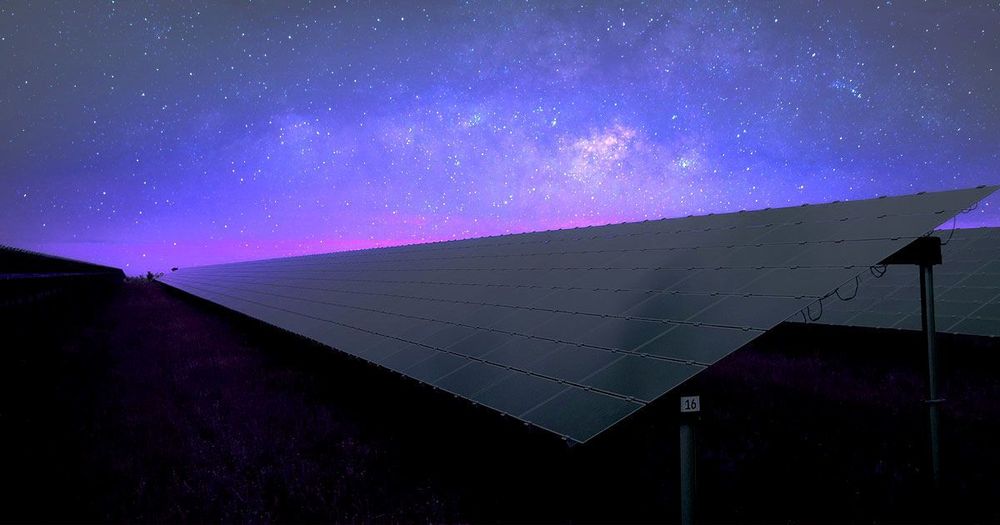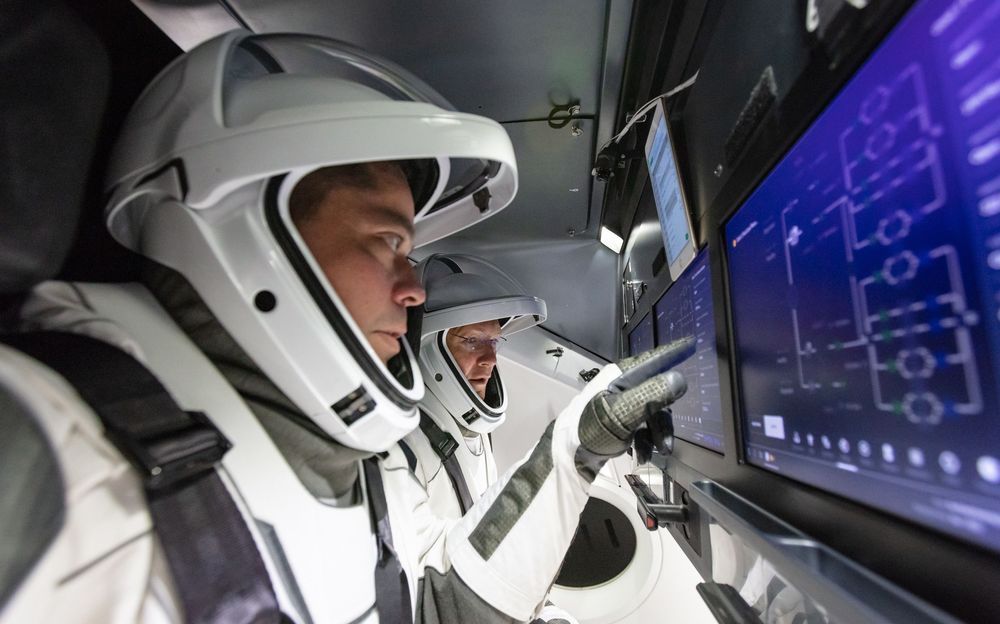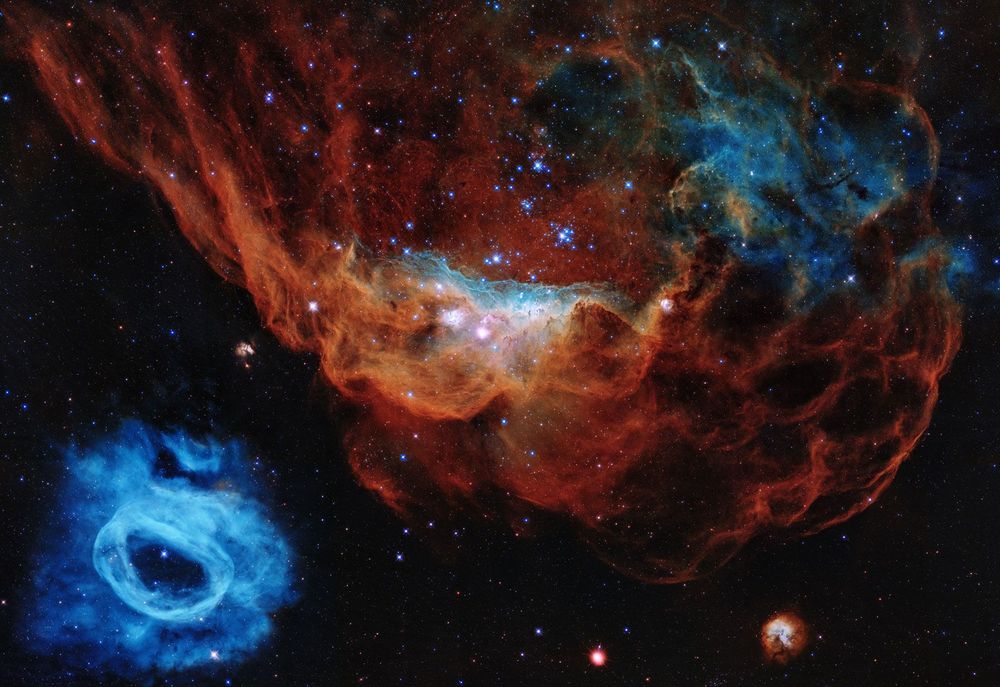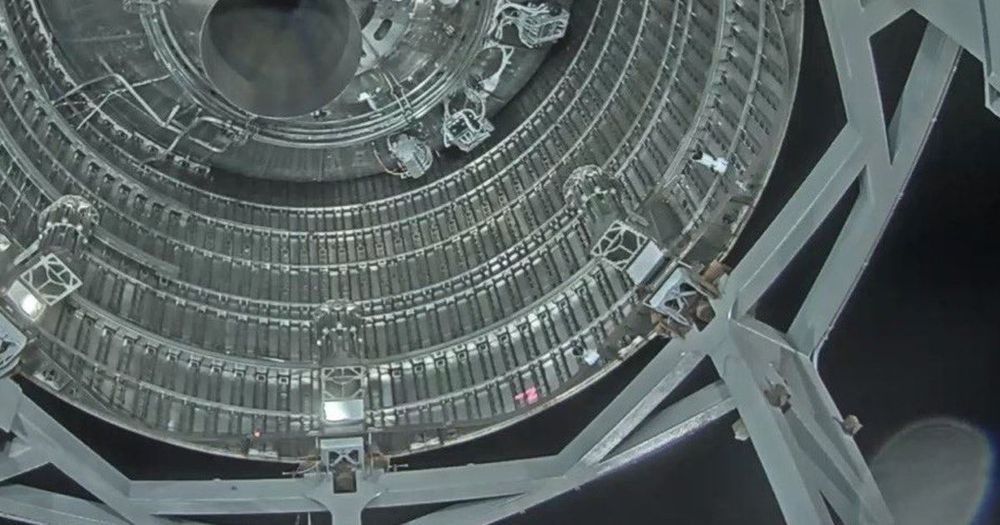But a new invention could allow us to continue generating renewable energy even in the dark, the New York Times reports. Electrical engineer Aaswath Raman, at the University of California in LA, has come up with a device that can harness energy from a dark night sky to power an LED — hinting at a new frontier in renewable energy.
Power of the Dark Side
Raman’s findings were published in the journal Joule today. His device — made from easy-to-find materials including Styrofoam and off-the-shelf aluminum parts — takes advantage of radiative cooling, the process that allows objects to release heat after the Sun sets.









